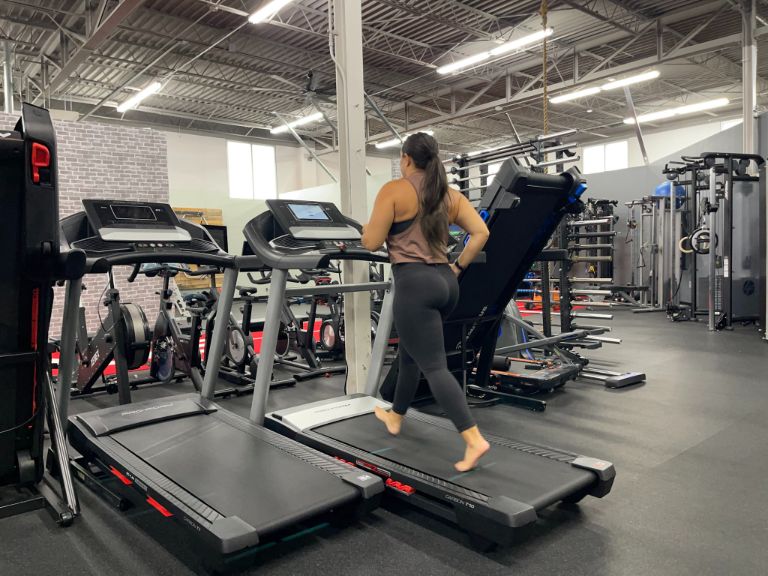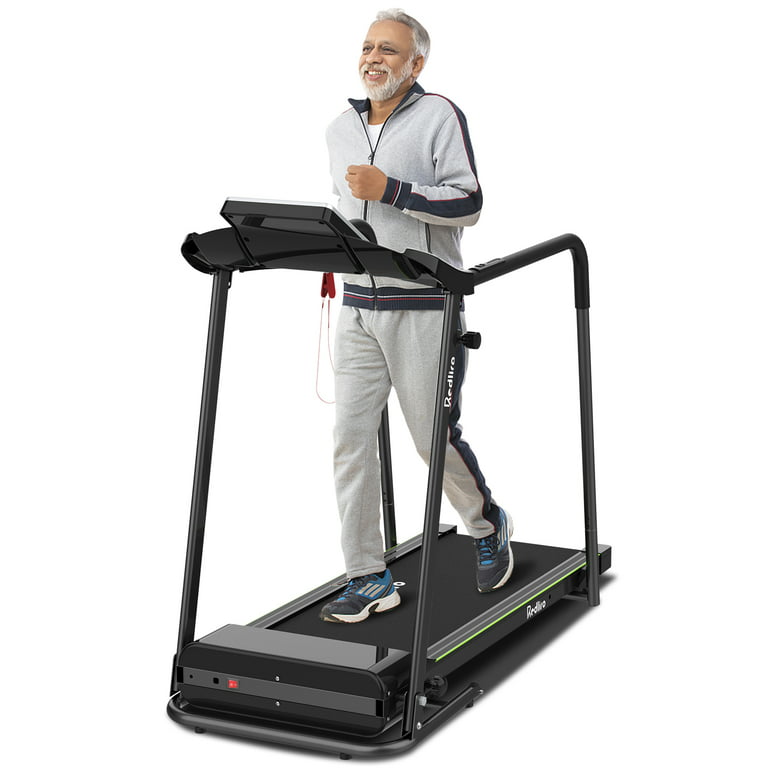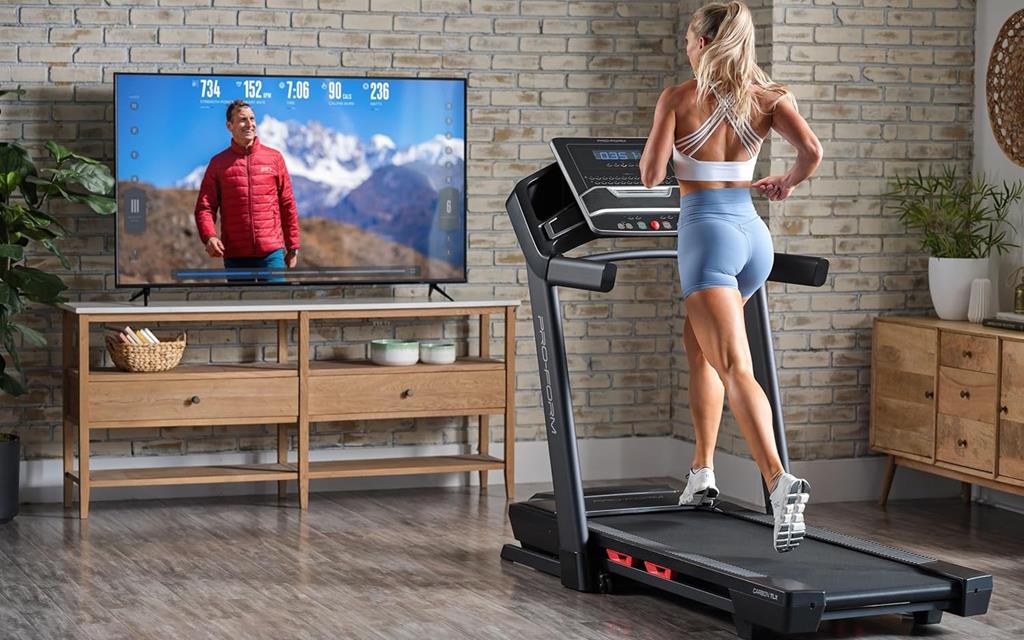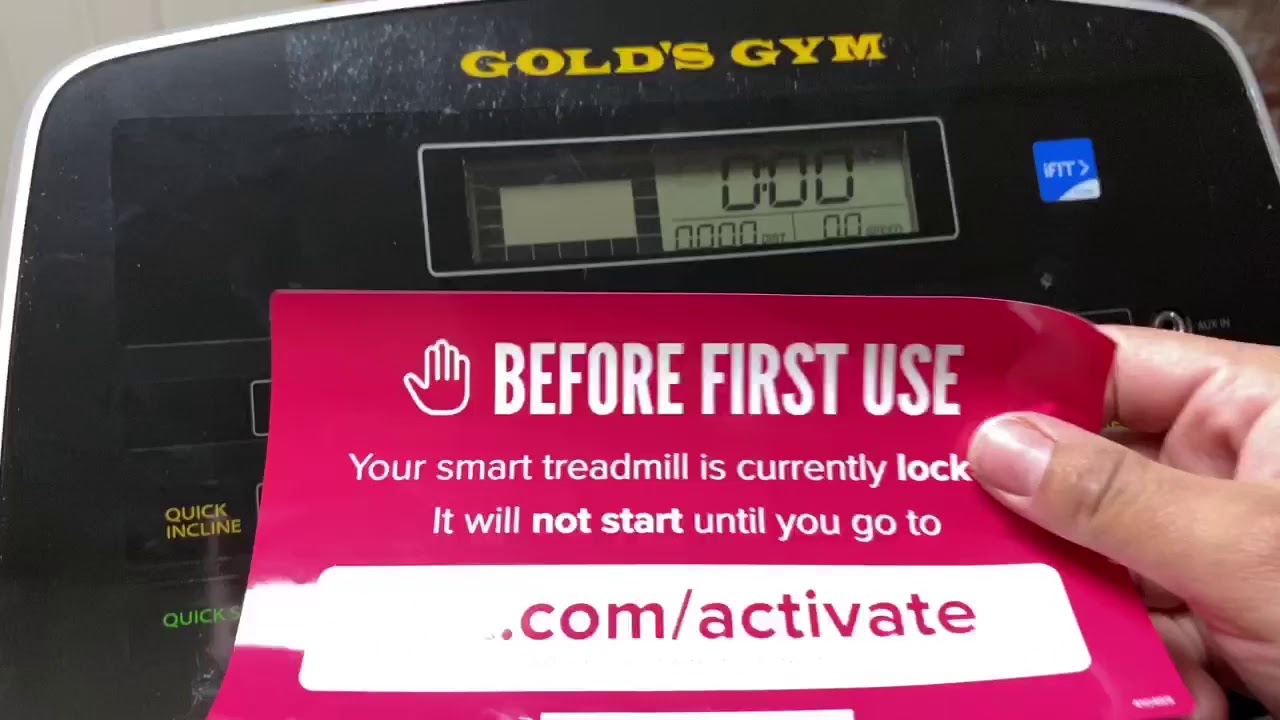Yes, you can walk barefoot on a treadmill, but it’s not recommended due to potential risks. Comfort and cleanliness vary, and shoes typically offer better support and protection.
Walking barefoot on a treadmill often sparks curiosity amongst fitness enthusiasts looking to replicate a natural walking experience. The notion adheres to the belief that barefoot activities can strengthen foot muscles and improve gait. This introductory exploration into the treadmill experience without shoes examines the pros and cons, considering factors such as safety, hygiene, and biomechanics.
Gym goers and home fitness aficionados alike weigh the benefits of footwear against the tactile sensation of bare soles on the moving belt. While the idea of ditching shoes during a treadmill session is tempting for some, it’s essential to walk through the factors that could affect your workout and overall foot health.

Credit: www.treadmill.run
Barefoot Treadmill Walking: An Introduction
Many fitness enthusiasts are turning to barefoot treadmill walking. This unique approach sheds the constraints of shoes. It ignites a conversation on natural biomechanics and sensory feedback. Walking barefoot isn’t a new phenomenon. But, taking this practice to the treadmill opens a different chapter for treadmill users.
Benefits Of Going Barefoot
Choosing to walk barefoot on a treadmill comes with distinct advantages. Improved foot mechanics is a key benefit. Without shoes, feet can spread naturally. This helps improve balance and posture. Sensory stimulation also increases as feet communicate directly with the surface.
- Strengthens foot muscles: Bare feet work harder, building strength.
- Enhances proprioception: The sense of body position heightens.
- Reduces impact: Natural gait can lead to softer footfalls.
Why Treadmills Are Different
Walking on a treadmill is unlike any other surface. The belt’s consistent texture and controlled environment are beneficial. Yet, these features also mean adjusting to the treadmill’s mechanics is crucial. This involves attention to strides and pacing.
| Treadmill Feature | Consideration for Barefoot Walking |
|---|---|
| Moving Belt | Requires steady gait and rhythm. |
| Surface Texture | Can affect skin sensitivity due to friction. |
| Pacing Options | Facilitates gradual intensity increase. |
Calibrated pacing and appropriate duration are key factors for a successful experience. Users should prioritize gradual adaptation. This fosters comfort and minimizes the risk of injury.
The Risks Of Treadmill Walking Without Shoes
Embracing the barefoot lifestyle can seem freeing and natural. But treadmills weren’t designed for naked toes. Going shoeless on these machines comes with risks. Let’s tread into why footwear is vital and the perils of ignoring it while on a treadmill.
How Shoes Protect Your Feet
Shoes are more than fashion; they’re a shield. Here’s how they guard your soles:
- Cushioning: They absorb shock with each stride.
- Support: They stabilize your arch and heel.
- Protection: They keep your skin safe from friction.
- Traction: They prevent slips and keep your grip firm.
- Temperature Control: They shield from overheating and cold.
Potential Injuries From Barefoot Walking
Walking shoeless on a treadmill can spell trouble. Beware these injuries:
| Injury | Cause | Result |
|---|---|---|
| Blistering | Friction from belt | Painful skin damage |
| Plantar fasciitis | Lack of support | Heel pain, arch strain |
| Burns | Hot belt surfaces | Skin burns, discomfort |
| Sprains | Poor foot stability | Ligament injuries |
| Contusions | Impact with hard surfaces | Bruised soles, foot pain |
Skipping shoes on treadmills isn’t worth the risk. Step smart, step with shoes. Your feet will thank you later!
Safety Precautions For Barefoot Treadmill Users
Credit: www.quora.com
The Science Behind Foot Mechanics And Treadmills
Understanding how your feet interact with a treadmill is crucial. It’s not just about stepping on a moving belt. It’s a complex dance between foot biomechanics and the treadmill’s features. This section explores the mechanics of walking barefoot on treadmills from a scientific perspective.
Impact On Arch Support
Your foot arch plays a vital role in motion. It absorbs shock when you walk or run. Treadmills provide a flat surface, which may affect arch support, especially when barefoot. This absence of support can lead to strain over time.
- Increased Risk: Without shoes, your arches don’t get the extra support of insoles.
- Shock Absorption: Running shoes normally help absorb impact, which a treadmill can’t replicate alone.
Understanding Treadmill Belt Friction
Treadmill belts create friction. This friction impacts your feet when you walk or run without shoes. It can cause heat and abrasion against your skin.
| Shod Walking | Barefoot Walking |
|---|---|
| Shoes protect against friction | Skin is directly exposed to the belt |
| Cushioning reduces force impact | Foot absorbs all forces |
Protective footwear normally shields your feet from these forces. Walking barefoot on a treadmill removes this layer of protection. Thus, it raises concerns about the long-term health of your feet’s skin and structure.
Pros And Cons: Barefoot Vs. Shoed Treadmill Walking
Is walking barefoot on a treadmill a step in the right direction? Users often debate whether to don shoes or go barefoot when using a treadmill. This discussion has led to a mix of opinions. Here, we delve into the pros and cons of both approaches to treadmill walking.
Comparative Analysis
Walking barefoot on a treadmill might seem unconventional. Yet, it offers unique benefits.
- Better foot mechanics: Barefoot walking can improve how your foot strikes the treadmill.
- Enhanced awareness: Without shoes, you feel the belt’s texture and speed more intensely.
- Muscle development: It can strengthen the muscles in your feet and legs.
Conversely, walking with shoes provides its advantages.
- Protection: Shoes shield your feet from friction and heat generated by the treadmill.
- Cushioning: Most athletic shoes offer cushioning that can absorb shock and reduce strain.
- Support: Proper footwear stabilizes your foot, potentially avoiding injury.
Choosing between barefoot and shoed treadmill walking depends on personal preference, goals, and the specific treadmill’s features.
Personal Testimonies
People who walk barefoot on treadmills share diverse experiences.
| Barefoot Walker | Experience |
|---|---|
| John Doe | Noticed improved balance and foot strength. |
| Jane Smith | Felt a natural connection but struggled with heat after prolonged use. |
| Emma Jones | Enjoyed the freedom but missed the cushioning of shoes. |
Shoe-wearers also share their reasons for sticking to tradition.
| Shoed Walker | Experience |
|---|---|
| Chris Lee | Feels secure and supported, protecting against blisters. |
| Alex Kim | Prefers the shock absorption that shoes provide during long walks. |
| Morgan Taylor | Stays loyal to shoes to avoid the rough treadmill belt texture. |
These individual stories highlight the subjective nature of the choice and its effects on the treadmill experience.
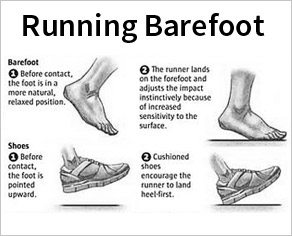
Credit: torontolife.com
Expert Opinion On Treadmill Walking Barefoot
Walking barefoot on a treadmill may raise eyebrows, but experts have weighed in on this practice. Talking to podiatrists and fitness trainers gives insights into the benefits and risks. Their perspectives guide us on whether ditching shoes for treadmill workouts is a wise choice.
Advice From Podiatrists
Podiatrists focus on foot health. They suggest caution with barefoot treadmill walking.
- Natural foot function: Walking without shoes lets feet move naturally.
- Risk of injury: Without protection, feet may suffer from scrapes or stress injuries.
- Need for acclimatization: Gradual transition to barefoot walking is essential.
- Hygiene concerns: Direct contact with the treadmill surface could lead to infections.
Fitness Trainers’ Recommendations
Fitness trainers highlight performance and conditioning aspects.
- Strengthens feet: Barefoot walking can fortify foot muscles.
- Cautious approach: Start slow and listen to the body’s signals.
- Posture and balance: Improve over time with consistent practice.
- Equipment suitability: Ensure the treadmill surface is safe for barefoot use.
Concluding, walking barefoot on a treadmill offers benefits, but safety comes first. Meticulously heed expert advice to safeguard foot health and optimize workouts.
Frequently Asked Questions Of Can You Walk Barefoot On A Treadmill
Is It Ok To Walk On The Treadmill Barefoot?
Walking on a treadmill barefoot isn’t generally recommended. Shoes provide support, cushioning, and protect feet from the machine’s moving belt. Barefoot treadmill use may increase injury risk, so it’s best to wear proper footwear for safety and comfort.
Is It Okay To Just Wear Socks On Treadmill?
Wearing just socks on a treadmill is not recommended due to lack of support and increased slip risk. Shoes provide necessary grip and cushioning for safety and injury prevention.
Do I Need Running Shoes For Treadmill?
Yes, wearing running shoes on a treadmill is advisable to ensure proper foot support and reduce injury risk. They provide cushioning and traction, enhancing your workout experience.
Is It Ok To Just Walk On The Treadmill?
Yes, walking on a treadmill is perfectly fine and can be an effective form of cardiovascular exercise. It’s important to maintain good posture and choose a pace that matches your fitness level for safety and effectiveness.
Conclusion
Walking barefoot on a treadmill is a personal choice that comes with benefits and drawbacks. Embrace the sensory experience and natural foot mechanics if your treadmill and health permit. Always prioritize safety and consult a healthcare provider for tailored advice.
Trust your feet, but listen to your body above all.
